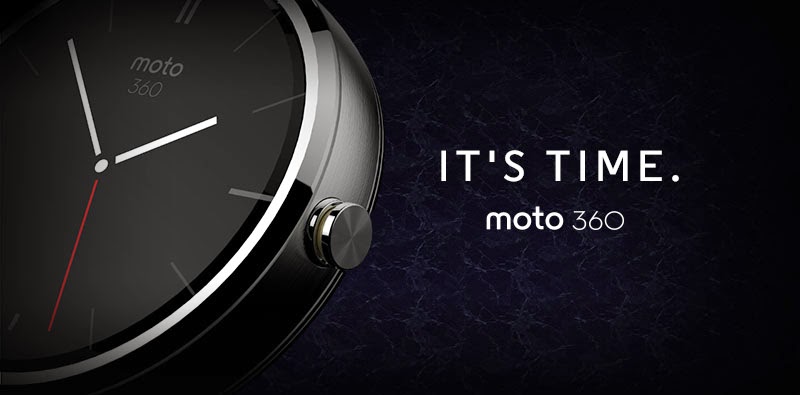
Now that we’ve all had a chance to catch our breath around the idea of an official Android version for wearables, and have glimpsed the first two of many iterations — a square from LG and a circle from Motorola — let’s drill down what we know, and what is still up in the air.
The Android Wear preview SDK allows for two styles, both of which are filled by LG’s square and Motorola’s circular watch faces respectively. At this point, it’s clear Android Wear is a companion for your smartphone, and the first generation of devices will not try to deviate from that too much. This means it’s all about notifications and voice actions. Notifications come through on the watch screen in a stack; they can be swiped through and expanded, and basic commands are possible using oversized, single purpose icons, but the real versatility comes when voice is involved.
Unlike Samsung’s Gear 2, which does not run Android Wear (more on that later), the Moto 360 and LG G Watch will not have a physical home button, but a virtual “G” that is available at all times by tapping the top portion of the face. The “OK Google” command, which currently works on smartphones and Google Glass, will also function as the aural hotkey for Android Wear, bringing up a Google Now prompt that mimics what is available on Android 4.1+ devices today. With a Bluetooth connection to your smartphone, an Android Wear device will presumably be able to retrieve any and all Google Now cards.
Motorola’s Jim Wicks held a Google Hangout yesterday to talk about the Moto 360 smartwatch and Android Wear as a whole, and while the 22-minute talk didn’t reveal too many interesting facts, there are a few to note:
- Moto 360 will be compatible with all Android devices running 4.3 Jelly Bean and above
- It’s unclear whether there will be iOS compatibility, either at launch or in the future
- Moto 360 will have a replaceable strap, and will cater to both men and women
- The charging will be wireless, but we don’t know in what way; there is no microUSB port or charging pins on the watch
- It also appears that this will be an Android Wear standard, so all data transfer will be done over Bluetooth
- Moto 360 will be water resistant, which isn’t quite waterproof but is better than nothing
- Android Wear is smart enough to “flip” its user interface when worn upside down, so lefties won’t need to worry about having to wear it on their left hands
We still don’t know how the watch will feel, though Motorola says the Moto 360 is made of “premium materials” and the company focused on making it first a beautiful watch and then a usable smartwatch. Motorola has reportedly been working on the Moto 360 for over two years, and many of the battery enhancements were informed by the failed and now-defunct MotoACTV, which purported to be both a smartwatch and a fitness band, before both were really viable in today’s market.
Having a rounded watchface was key to the Moto 360’s design philosophy, as Wicks says over 70% of all “regular” watches sold around the world are rounded.
While notifications are the main focus of the Android Wear developer preview — it’s being released this early so devs can test their apps using the Android Wear emulator to see how notifications look and feel on the virtual smartwatch — voice will be the key differentiator when the first devices are released this summer.
What’s interesting about the rise of Android Wear now is that Samsung must have known about its impending announcement when it launched the Gear 2 and Gear Fit in February; moving from Android to Tizen was a deliberate move away from relying on yet another Google platform. Samsung will have a long road to climb in getting developers on board, again, since they will have to tweak their first-generation Gear apps (which were Android-based) for Tizen.
Google’s advantage over Samsung (and Pebble, though less so) is two-fold: Google Now is already voice-focused, so the functionality translates extremely well to a smaller form factor; and Google already has the development tools and extensive app library to build on for its wearable platform. Existing Android apps already work with Android Wear, but can be tweaked and adjusted to work even better.
What’s unclear is how Android Wear will be updated, and whether there will be a separate Play Store equivalent just for smartwatch apps, like Samsung and Pebble currently have it set up. Lots of exciting things happening in the wearable space, though, so stay tuned.
[source]Android Police, GigaOm[/source]
MobileSyrup may earn a commission from purchases made via our links, which helps fund the journalism we provide free on our website. These links do not influence our editorial content. Support us here.


